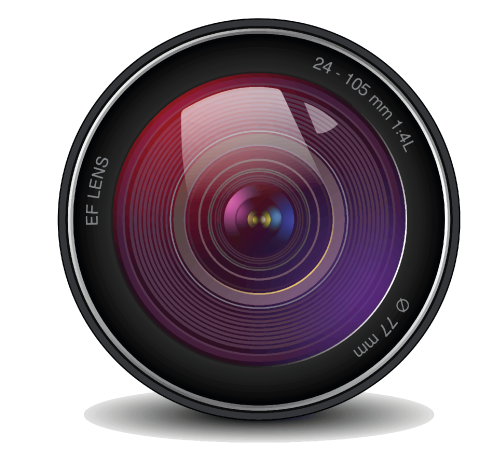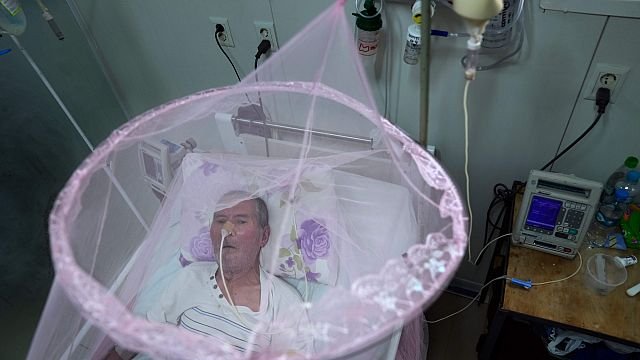[[{“value”:”
Philippines
Mafe Cabreros is buying a mosquito coil to help protect her young children from dengue.
Cabreros lives in the Philippines, where dengue is widespread.
Like malaria, dengue is transmitted by the bite of an infected mosquito. According to a December 2024 report in the medical journal Frontiers in Public Health, dengue is especially a concern in South East Asia, where as many as 1.3 billion of the 3.5 billion people living in dengue endemic countries are located.
Cabreros, who has had dengue herself, takes no chances in her small two roomed home the capital city Manilla. Her husband is working in Europe, but many people here don’t have the money to spend on mosquito protection, such as nets, sprays, coils and insecticide lotions.
Cabreros’ greatest concern is for her little girls aged just one and 9 years-old.
“In the evening, at 4 or 5 o’clock in the evening, I prepare spray, Baygone spray at the whole house. And when I light the coil, yeah, and all around my house to prevent the mosquito,” she says.
Deadly diseases
According to the World Health Organisation, the highest number of dengue cases was 6.5 million in 2023. It affected over 80 countries in all regions of the WHO and resulted in 7,300 dengue related deaths. But dengue is just one disease spread by mosquitoes.
The WHO says 3 species of mosquitoes, Aedes, Anopheles stephensi and Culex spread diseases like malaria, chikungunya, dengue, lymphatic filariasis, Rift Valley fever, yellow fever and Zika.
Some can be lethal, and some can have long lasting debilitating effects on a person’s health.
All sorts of ways to tackle mosquitos are being considered: modifying them to change their breeding cycle, stopping their parasites or viruses and now vaccines for malaria.
A new path thanks to AI?
At the University of South Florida in the US, scientists are taking another approach. They’re using artificial intelligence to locate different types of disease bearing mosquitos to help health officials locate and prepare to take action in areas of infestation.
Ryan Carney, the Associate Professor of Digital Science at the University of South Florida says new tools are needed alongside all the other methods being used to tackle mosquito borne diseases: “Mosquitoes are responsible for over 700 million infections and nearly 1 million deaths every year. Most of those deaths are from malaria and most of those are in children under the age of 5. Now, all of that being said, less than 3% of mosquito species are actually responsible for transmitting diseases to humans and so it is very critical for us to detect the exact species of mosquito for control and surveillance because again, not every mosquito is spreading diseases and specific mosquitoes spread specific diseases.”
Cases of malaria and dengue can spike in certain areas at certain times, especially during the rainy season. Being able to detect which type of mosquito is in a specific area would help medical teams despatch help more efficiently.
Carney explains how the device they’ve developed works: “So within the trap, we’re going to have an attractant and so this is something that we haven’t really talked about but something that we’re also working on as well, coming up with targeted attractants for the Anopheles stephensi mosquito. So there’s an attractant in the trap, the mosquito, the female mosquito will fly into the trap, there’s a fan that blows the mosquito in, one of the components here is a sticky pad so the mosquito will land on the sticky pad the light and camera will flash take an image of that mosquito. We have algorithms that process that image and direct an artificial intelligence algorithm to identify the anatomical components as well as the species of the mosquito and that information is then shared with the user and so we can get a sense of what mosquitoes are in a specific area remotely and effectively and very quickly.”
It may be some time before the devices can be deployed in countries like the Philippines, but the researchers say it’s another tool in the box to help fight all types of disease bearing mosquitoes.
The device can be made cheaply and easily with the potential to quickly upscale production.
Related articles
From the same country
“}]] Africanews RSS

